Results 7,531 to 7,540 of 12091
Thread: Anandtech News
-
11-15-17, 08:47 AM #7531
Anandtech: VESA Announces DisplayID Version 2.0 Standard to Succeed EDID
This week, VESA has officially announced the DisplayID v2.0 standard, intended to succeed the venerable Extended Display Identification Data (EDID) used by monitors, TVs, and embedded displays. Like EDID/Enhanced EDID, the DisplayID standard outlines display identification and configuration data, allowing video sources like set-top boxes and graphics cards to automatically identify and setup displays. With that in mind, DisplayID v2.0 brings changes and functionalities to better support modern high-end display technologies, including 120+Hz refresh rates, 4K+ resolutions, Adaptive-Sync, HDR, and augmented/virtual reality (AR/VR) headset displays.
While DisplayID was last updated in 2013 as version 1.3, DisplayID v2.0 was finalized and published this September, keeping the same modular structure as v1.3. Sets of display information are sectioned into self-contained data formats, much like data blocks, modularity that is not present in EDID, providing DisplayID with a much greater degree of flexibility. As for the version differences, DisplayID v2.0’s key changes are updated and new data blocks to support those aforementioned technologies, and VESA cites several specific examples: head-mounted and wearable display specifications, improvements in defining Adaptive Sync, extended field sizes to support higher pixel counts, more parameters for HDR, and high luminance support.
These advances come at a crucial time, where in the past few years these technologies are rapidly finding its way into all levels of the consumer sphere. High-end monitors and panels are now defined by FreeSync and G-Sync support in addition to 60+Hz refresh rates and 1080p+ resolutions. Even more affordable displays feature FreeSync or 120+Hz TN panels. 8K displays are already here, and HDR is trickling down by way of modern consoles. And not to mention the burgeoning AR/VR headset space.
Considering that these new technologies are more prevalent in high-end displays, VESA comments that DisplayID v2.0 is able to co-exist with EDID, where the former powers high-end displays and the latter remaining in lower-end displays. On a technical level, while DisplayID structures are not directly backwards-compatible with earlier EDID definitions, they share many data field definitions. As high-end displays with newer technologies roll out, DisplayID v2.0 is targeting seamless plug-and-play capabilities that EDID would not be capable of supporting.
More information about the VESA DisplayID v2.0 specification can be found on their site as part of their free published standards.
More...
-
11-15-17, 10:30 AM #7532
Anandtech: HTC Announces Standalone Vive Focus with 6DoF Tracking, Cancels Daydream V
HTC on Tuesday formally introduced its new standalone Vive Focus VR headset at the Vive Developers Conference (VDC) in Beijing. The VR HMD is based on Qualcomm’s Snapdragon 835 SoC and is compatible with content developed using the Vive Wave VR SDK and distributed through the VivePort VR store. The company also disclosed names of the partners, who also plan to use the Vive Wave and the VivePort going forward. The Vive Focus VR will be available only in China. In addition, the company cancelled plans to bring the Google Daydream-compatible headset to European and North American markets.
The HTC Vive Focus is a completely standalone Snapdragon 835-powered device that features “a high resolution low-latency AMOLED screen” as well as inside-out 6-degree-of-freedom tracking (6DoF) that does not require any external sensors for positional tracking. In other words, the Vive Focus can be used everywhere without any PC or base stations. The new headset will come equipped with a relatively simplistic Bluetooth 3DoF controller akin to those supplied with the Samsung Gear VR headset. The Vive Focus has a completely different design when compared to the PC-based HTC Vive with new adjustable straps and integrated headphones. Meanwhile, there is also a 3.5-mm audio jack for third-party headphones.
HTC first talked about its Snapdragon 835-based VR headset for China in late July. The company still has not released all of the details about the device, probably because it is still polishing off the specs and determining things like launch price. In fact, HTC handed pre-production Vive Focus units to select developers only two weeks ago, so the product is clearly not hitting the market tomorrow.
Speaking of developers, there are two important announcements that HTC made at the Vive Developers Conference. Firstly, the company has inked deals with 12 hardware partners in China (including 360QIKU, Baofengmojing, Coocaa, EmdoorVR, Idealens, iQIYI, Juhaokan, Nubia, Pico, Pimax, Quanta and Thundercomm), who will support the Vive Wave SDK and integrate the VivePort VR store into their future products. Secondly, there are 35 Chinese and other content developerswho plan to support the Vive Wave. For example, Unity Technologies plans to integrate VivePort support into its platform and enable “a more intuitive way for developers” to use the Vive Wave VR SDK in its tools.
While HTC will release the Vive Focus in China, the company and Google have cancelled plans to bring the Daydream-based VR headset announced earlier this year to Europe and the U.S. No reasons were disclosed, but perhaps HTC does not want to create any internal competition between different platforms before the VR technology in general gets mature.
This marks an interesting shift in strategy for one of the leaders of the nascent VR HMD market; the company is now going it alone rather than working with partners like Google, as was previously the plan. HTC's sale of a chunk of their smartphone assets to Google has nudged the company towards being more VR focused – a field where they've had more a lot more luck as of late – so I suppose it's not too surprising that given recent developments, they'd rather go it alone than having to work with partners. It's more risk for HTC, but also more glory and profits if they succeed.
As for Google's Daydream platform, while this is a step-back for their own standalone Daydream plans, it shouldn't be a major shift. Oculus, Lenovo, and other vendors have also committed to developing Daydream headsets, and those products remain on-track.
Related Reading:
- Oculus Announces Oculus Go: Untethered VR For $199 USD
- Dell’s Visor Available for Pre-Order: A Mixed Reality Headset, Ships in Mid-October
- Dell Enters VR Arena With "Visor" HMD
- HTC Announces Snapdragon 835-Based VIVE VR Headset for Chinese Market
- HTC Permanently Cuts Price of Vive to $599
- HTC Announces New Standalone Vive VR Headset with Google Daydream Support
Sources: HTC, Engadget, The Verge.
More...
-
11-15-17, 11:35 AM #7533
Anandtech: be quiet! Introduces Dark Base 700 Mid-Tower Case: RGB, USB 3.1 Type-C, Sl
be quiet! has shared details about its new mid-tower case the new Dark Base 700. The DB700 will offer users integrated RGB lighting, USB 3.1 Type-C, and plenty of options for a wide-range of cooling from air to custom water cooling. The chassis is able to fit ATX, Mini-ITX, and some E-ATX motherboards (to 12.08” x 10.82”) which gives owners a lot of options for what parts will go inside the case.
Settling in behind the flagship full tower Dark Base 900 chassis, the mid-tower 700 looks very similar on the outside sharing the same design aesthetic, all black - including LED trim surrounding the front panel. About the only thing missing between the two is the cool Qi charger in the 900 Pro. The case only comes in black; however, the trim LED comes in six switchable colors and three modes. It is also able to synchronize with most motherboards or RGB controllers. The left side panel is made out of tempered glass and is held securely to the frame with four thumb screws. The remainder of the panels are made from brushed aluminum and include sound insulation mats while the internal structure is made from steel. The front panel jacks are located on front and top of the case and angled down so as to gain easier access from the front. The front panel includes a power and reset buttons, two USB 3.0 ports, a USB 3.1 Type-C port, microphone and headphone jacks, as well as a fan controller which controls the fans connected to the included PWM controller on the back of the motherboard tray.
The setup inside the case allows for multiple configurations as the motherboard tray is able to be inverted, or removed, and can be used as a bench table. The Dark Base 700 has a removable drive cage able to house three 2.5-inch and seven 3.5-inch drives. The 3.5-inch bays are able to hold two 2.5-inch drives simultaneously for a total of 17 2.5-inch drives possible.
With the drive cage installed, the chassis will hold up to a 286mm(11.25”) video card. When the cage is removed, that balloons up to 430mm(16.9”). The maximum height for the CPU cooler is 180mm(7.08”) fitting many available on the market. The PSU shroud covers the mess of wires and also comes with detachable plates making it possible to install fans at the bottom of the case or on top of the PSU shroud while still leaving enough space for a radiator in the front and getting the air where it needs to go.
Radiators can be placed in any of three locations; the Top - supports up to 360mm, Front - up to 280mm/360mm, and the Rear – a 120mm or 140mm will fit. The top of the case includes a unique slide-out panel where the fans/radiator would mount. This nifty feature takes away the cumbersome task of removing the radiator for maintenance and makes the initial mounting easier.
Included in the case are two Silent Wings 3 140mm PWM fans installed in the front and rear of the case. There is room for three fans up top, two additional fans in the front, another on the bottom, and last, on the PSU shroud. All slots support both 120mm and 240mm fans. The Dark Base Pro also is able to control up to six PWM fans using its dual-rail fan controller which is mounted on the back of the motherboard tray. The connectors are divided evenly over two rails and each are switchable between silence and performance modes or can be synced and run at the same speeds.
The Dark Base 700 is scheduled for release on this week. Pricing, according to a Tom's Hardware Review of the case, is $180. A fairly hefty price tag, but the case's features can offset that initial shock.
Gallery: be Quiet! Dark Base 700 Gallerybe quiet! Dark Base 700 Motherboard Size E-ATX (30.5 x 27.5cm), ATX, MicroATX, Mini-ITX Drive Bays External N/A Internal 7 × 3.5" or up to 17 x 2.5" (Drive cage) Cooling Front 3 × 140 mm or 3 × 120 mm (1 × 140 mm included) Rear 1 × 140 mm (included) or 1 × 120 mm Top 3 x 140 mm or 3 x 120 mm HDD/Side N/A Bottom/PSU Shroud 1 × 120mm/140 mm / 1 × 120mm/140 mm Radiator Support Front Up to 2 x 140mm or 3 x 120mm Rear 120mm or 140mm Top 2 x 140mm or 3 x 120mm Side N/A Bottom N/A I/O Port 2 × USB 3.0
1 × USB 3.1 Type-C
1 × Headphone
1 × MicPower Supply Size ATX Dimensions Unknown Features of the Dark Base Pro · 4 mm tempered glass side panel
· LED strips (white/red/green/blue/orange/purple)
· Six header, 4-step, Dual Channel PWM Fan ControllerPrice ? 





Related Articles- be quiet! Introduces New Flagship Dark Base 900 Chassis
- Cryorig Releases the Taku 'Monitor Stand' ITX Case
- Lian Li Releases PC-Q38 Chassis: Small and Versatile mITX Case
- Lian Li Announces Alpha Series Mid-Tower Chassis: Tempered Glass Panels Plus RGB
More...
-
11-15-17, 12:51 PM #7534
Anandtech: Micron Demos 3D NAND-Based 11 TB U.2, 8 TB SATA Enterprise SSDs at SC17
At the SC17 trade show, Micron is demonstrating several currently unavailable products for the enterprise market. Among other things, the company is showcasing its upcoming Micron 9200 ECO U.2 SSD with 11 TB capacity as well as an 8 TB drive that belongs to the Micron 5100-series.
The Micron 9200 family of SSDs was introduced earlier this year and was designed for applications with different requirements for performance and endurance. The drives are based on the company’s 32-layer 3D TLC NAND memory and will be available in capacities ranging from 1.6 TB to 11 TB. The Micron 9200 ECO is the latest addition to the lineup that is aimed at write-intensive applications and will be available in 8 TB and 11 TB configurations with rated endurance of 11.7 and 16.1 PB, respectively. As for performance, we are dealing with devices capable of 3.35 GB/s – 5.5 GB/s sequential read speed as well as 800K and 900K random read IOPS, depending on the interface used (PCIe 3.0 x4 or x8).
When Micron announced the new 9200-series drives at FMS this August, it did not showcase pictures of the SSDs; but at the SC17, the manufacturer is displaying the Micron 9200 ECO in the U.2 form-factor, indicating that the product is getting closer to the release. Unfortunately, there is no firm launch date just yet.
In addition to the 11 TB U.2 drive, the company is demonstrating an 8 TB version of the Micron 5100-series, which has not been introduced officially. The Micron 5100 family is based on the company’s 32-layer 3D TLC NAND flash as well as Marvell’s 88SS1074 controller. The highest capacity officially featured by the Micron 5100 lineup is 7680 GB.
The Micron 5100 ECO 7.68 TB drive carries 8 TB of raw NAND, but reserves 320 GB for overprovisioning and other needs. It is unknown whether the SSD that Micron is displaying at the SC17 is indeed the 5100 ECO 7.68 TB marked differently, or Micron is getting ready to offer a new configuration because of demand from various partners.
Related Reading:
- Micron Introduces 9200 Series Enterprise NVMe SSDs
- Micron Announces 5100 Series Enterprise SATA SSDs With 3D TLC NAND
- Micron Announces 32GB DDR4 NVDIMM-N Modules
- Micron Hires New CEO: Sanjay Mehrotra, SanDisk Co-Founder And Former CEO
More...
-
11-15-17, 01:23 PM #7535
Anandtech: PNY Ships PREVAILPRO Mobile Workstations: NVIDIA Quadro with Max-Q, Core i
PNY recently started to ship its previously announced mobile workstations. The new PREVAILPRO machines are among the first portable workstations to use NVIDIA’s Max-Q design for Quadro GPUs to slim down the PCs. At the same time, the PREVAILPRO do not have any compromises when it comes to CPU, DRAM, or storage performance.
The PNY PREVAILPRO workstations are based on Intel’s quad-core Core i7-7700HQ CPU as well as NVIDIA’s Quadro P3000 6 GB or Quadro P4000 8 GB GPUs. Depending on exact SKU, the PREVAILPRO come with 16 GB or 32 GB of dual-channel DDR4-2400 memory, a 128 GB or a 512 GB NVMe SSD as the primary storage device as well as a 1 TB or a 2 TB 2.5” HDD as the secondary storage device. The base model of the PREVAILPRO has an FHD 15.6” monitor, but the premium versions feature 4K/UHD 15.6” displays. Meanwhile, the key selling pointa of the PREVAILPRO workstations are their weight and dimensions: the systems weigh around 4.8 lbs (2.17 kilograms) and come in chassis that are 0.73” (18.5 mm) thick, significantly thinner and lighter than traditional mobile workstations.
When it comes to connectivity, the PNY PREVAILPRO workstations have a rather advanced set of I/O features too. The systems are equipped with a GbE connector, Intel’s 802.11ac Wi-Fi + Bluetooth 4.2 controller, Creative’s SoundBlaster X-Fi MB5 audio, two USB Type-C 3.1 Gen 2 ports, three USB Type-A 3.1 Gen 1 connectors, one 6-in-1 SD card reader (with UHS II support), a 2 MP webcam, one HDMI 2.0 output, two Mini DisplayPort 1.3 headers, a fingerprint scanner, a backlit keyboard and so on. For some reason, PNY decided not to equip with its PREVAILPRO with the Thunderbolt 3 that is present on almost all high-end PCs these days, but the number of other ports can partly compensate the lack of TB3 headers. For example, three display connectors are rather excessive even for a workstation-class machine. At the same time, certain customers might complain about the lack of TB3 support because they use it for external storage.
Battery life may not be the most important feature of modern desktop replacement laptops, so PNY equipped the PREVAILPRO with a 55 Wh 4-cell Li-Polymer accumulator that gives the notebook about five hours of operation on one charge.
The market of workstations is not too big in terms of unit shipments, but it is lucrative and was on the rise throughout 2016. Sales of workstations in Q4 2016 totaled 1.23 million units, 20% more than in the same period a year before. Meanwhile, the market is not crowded. HP, Dell and Lenovo control nearly 90% of workstation shipments, according to Jon Peddie Research. This happens because businesses and enterprises that buy workstations tend to be loyal and prefer to get hardware from familiar suppliers. That said, it is generally hard for a new company to enter the workstation market. Meanwhile, PNY has a unique product that combines performance, connectivity, a relatively small weight and a thin form-factor.PNY PREVAILPRO Laptops PREVAILPRO
P3000 Base
MWS-P3B-ENUSP1-PBPREVAILPRO
P3000 Upgraded
MWS-P3P-ENUSP-PBPREVAILPRO
P4000
MWS-P4P-ENUSP-PBDisplay Diagonal 15.6" Type IPS Resolution 1920×1080 3840×2160 Refresh Rate 60 Hz Brightness 300 cd/m² CPU Core i7-7700HQ
4C/8T
2.8 - 3.8 GHz
6 MB
HD Graphics 620
35 WPCH Intel HM175 Graphics NVIDIA Quadro P3000
GP104GL
1280 SPs
6 GB G5/192-bit
75 WNVIDIA Quadro P4000
GP104GL
1792 SPs
8 GB G5/256-bit
80 W with Max QRAM Capacity 16 GB (2×8 GB) 32 GB (2×16 GB) Type DDR4-2400 Storage Primary 128 GB NVMe SSD 512 GB NVMe SSD Secondary 1 TB HDD 2 TB HDD Wi-Fi Intel 8265 802.11ac Wi-Fi module Bluetooth 4.2 USB 2 × USB 3.1 Gen 2 Type-C
3 × USB 3.1 Gen 2 Type-ADisplay Outputs HDMI 2.0a
2 × mDP 1.3Audio Sound Blaster X-Fi MB5
Array microphone
Dual speakers
3.5-mm audio jacks
ANSP 3D sound on headphone outputOther I/O 2 MP FHD webcam, 6-in-1 SD/MMC card reader with UHS-II Dimensions Height 18 mm/0.73" Width 380 mm/14.96" Depth 248 mm/9.8" Weight 2.17 kilograms/4.8 lbs Battery 55 Wh, 4-cell Li-Polymer Battery Life 5 hours Operating System Windows 10 Pro 64-bit Price $2,499 $3,499 $4,999
As noted above, PNY plans to offer several versions of the PREVAILPRO that will be different. The base PREVAILPRO P3000 model with NVIDIA’s Quadro P3000 and a one-year warranty costs $2,499. A more advanced version of the laptop called the PREVAILPRO P3000 Upgraded comes with a 4K display, a three-year warranty and costs $3,499. The top-of-the-range PREVAILPRO P4000 features the Quadro P4000 professional-grade mobile GPU from NVIDIA, a 4K screen, comes with a three-year warranty and will cost its owners $4,999. PNY started to supply its PREVAILPRO workstations to its customers earlier this month, its partners and resellers are going to get the systems in the coming days or weeks, depending on the region.
Gallery: PNY Details PREVAILPRO Mobile Workstations: NVIDIA Quadro with Max-Q, Core i7, Starts at $2,499



Related Reading:
- Eurocom Launches Sky X4C, X7C and X9C Laptops with Core i7-8700K CPUs
- HP Updates Z8 Workstations: Up to 56 Cores, 3 TB RAM, 9 PCIe Slots, 1700W
- EVGA Launches SC17 1080 Laptop: Core i7-7820HK, GeForce GTX 1080, TB3
- Lenovo Unveils ThinkStation P320 Tiny SFF Workstation
- HP Expands Commercial VR Strategy: Z VR Backpack and Immersion Centers
- Lenovo Updates ThinkStation P320 with Intel Xeon E3 v6 and NVIDIA Quadro Pascal
- NVIDIA Announces Quadro P4000, P2000, P1000, P600, & P400 - Finishing the Quadro Pascal Refresh
- The Lenovo ThinkPad P70 Review: Mobile Xeon Workstation
More...
-
11-15-17, 07:59 PM #7536
Anandtech: NVIDIA Releases 388.31 WHQL Game Ready Driver
Ahead of Friday’s Star Wars Battlefront II (2017) release, today NVIDIA has released driver version 388.31, featuring Game Ready support for the aforementioned Battlefront II, as well as the recently launched Injustice 2 (Steam). 388.31 also features Destiny 2 specific performance improvements, with NVIDIA citing 1440p and 4K gains on Pascal based cards. This update serves as another game-focused update, with a few included bug fixes and no new features.
Officially launching on November 17, Battlefront II is the much awaited sequel to EA DICE’s 2015 Star Wars Battlefront (and named nearly identically to 2005’s Battlefront II). Once again built off of the Frostbite 3 engine, Battlefront II was playable for 10 hours starting last week, applicable to gamers that part of EA’s Play First Trial early access program. Not long after, EA faced significant player criticism over their implementations of Battlefront II’s microtransaction and character progression systems.
For Battlefront II, NVIDIA has brought an appropriate SLI profile to 388.31, along with a profile for EVE Valkyrie – Warzone. Targeting 60 FPS at high settings, NVIDIA taps the GTX 1060 for 1080p, GTX 1070 for 1440p, and GTX 1080 Ti for 4K. To note, while Battlefront II is a 388.31 Game Ready title, NVIDIA does document an open issue with system hangs upon launching the game in DX12 mode on Kepler based GPUs (most GeForce 600 and 700 series cards).
388.31 also puts particular focus on Destiny 2 performance improvements. NVIDIA is citing a 28 – 53% performance increase at 1440p and 4K compared to 388.13, looking at a number of GeForce cards from the 1152 CUDA core GTX 1060 (3GB) to the GTX 1080 Ti. Overall, NVIDIA noted that their higher-end configurations saw greater 4K improvement than at 1440p.
As a reminder, the current NVIDIA Destiny 2 bundle is still active until November 29th, where qualifying GeForce GTX 1080 and 1080 Ti cards and systems will come with a copy of the game. More information can be found on the bundle landing page.
Buy EVGA 1080Ti FTW3 Destiny2 on Amazon.com
Buy ASUS 1080 STRIX Destiny 2 on Amazon.com
For bug fixes in 388.31, NVIDIA has resolved several issues unrelated to specific games:
- In-game micro-stuttering when GPU power monitoring is enabled in monitoring tools
- Errors on notebooks where NVIDIA driver could not find compatible graphics hardware on the Alienware Amplifier for the GTX 1080
- For 3D Vision Notebook, no “Set stereoscopic 3D” link available in the NVIDIA Control Panel
- For notebooks with the GTX 970M, objects drawn in the Pattern Design Software application are not visible.
For Windows 10 users who have updated to the recent Fall Creators Update, NVIDIA is still noting an open issue related to NVIDIA Control Panel color settings, where color settings are not preserved across system reboots or restarts.
The updated drivers are available through the GeForce Experience Drivers tab or online at the NVIDIA driver download page. More information on this update and further issues can be found in the 388.31 release notes.
More...
-
11-16-17, 08:55 AM #7537
Anandtech: Toshiba Sells 95% of Its TV Business Unit to Hisense
Toshiba on Wednesday announced plans to sell 95% stake in its TV business unit to Hisense Electric for approximately $114 million. The transaction will strengthen Hisense’s positions as the world’s fourth largest supplier of TV sets after Samsung, LG and TCL. Hisense will continue to use the Toshiba brand for TVs designed and made by the assets it acquires.
Under the terms of the agreement, Hisense will pay ¥12.9 billion ($114 million) for 95% of Toshiba Visual Solutions Corp. (TVS), which owns Toshiba’s TV-related R&D operations, a portfolio of patents and IP, two factories in Japan, sales, services and other operations. Hisense will also get a license to use the Toshiba brand for a period of 40 years for TVs (and other “visual” products) in Europe, South East Asia and other markets. Toshiba hopes to close the deal by the end of February, 2018. Two and a half years ago, Toshiba already withdrew from the North American as well as European TV markets and licensed its brand in the regions to Compal (1, 2). Now, it is selling off the entire business unit and therefore it remains to be seen what happens to its agreements with Compal (most likely, the brand licensing agreement in Europe will not be renewed in 2018, but we will see about this and other markets).
Liu Hongxin, CEO of Hisense, indicated that TSV would become an integral part of the Hisense Group and therefore the company would optimize its R&D, supply chain and sales operations, but did not elaborate. In addition, the future Toshiba-branded TVs will use LCD panels made by Hisense.
Hisense, which has been the largest LCD TV maker in China for well over a decade, began its global expansion relatively recently (it entered the U.S. late in the HD era), but has been quite aggressive. Seven years ago, Toshiba was the fifth largest supplier of LCD TVs in the world with a market share of 7.3%, whereas Hisense was the No. 7 maker of LCD TVs with a 3.9% share. Since then, Toshiba’s market share has dropped to 3% or below (which is why it is no longer listed among the Top 10 suppliers) partly because it withdrew from the North American market, whereas Hisense has increased its share to 6.1% in 2016 and became the fourth largest supplier of TVs, according to IHS DisplaySearch (see page 11). The acquisition of Toshiba’s TV business will solidify Hisense’s current position and will bring its market share closer to that controlled by TCL, the No. 3 maker of televisions.Top 10 TV Makers by Market Share in the Recent Years
Data by NPD DisplaySearch2014 2015 2016 Brand Share Brand Share Brand Share Samsung 20.82% Samsung 21% Samsung 21.6% LG 13.58% LG 12.4% LG 11.9% Sony 6.22% TCL 7.7% TCL 9% TCL 5.19% Hisense 5.6% Hisense 6.1% Hisense 4.93% Sony 5.5% Sony 5.6% Skyworth 3.95% Skyworth 4.6% Skyworth 4.5% Panasonic 3.59% TPV (Philips) 3.7% TPV (Philips) 3.8% Toshiba 3.4% Vizio 3.4% Vizio 3.7% TPV (Philips) 3.24% Changhong 3% Haier 3.4% Vizio 3% Haier 2.9% Changhong 3.2%
It is noteworthy that Hisense already owns a plant in Mexico as well as rights to use the Sharp trademark for TVs in North American and Latin American markets till 2020. Therefore, the Chinese company will be able to sell Sharp-branded TVs across Americas in the next two years, whereas Toshiba-branded TVs will be sold in Asia, Europe and other markets. Of course, Hisense will continue to use its own trademark as well, but it is considerably easier to grow if you have a well-known name.
Buy Hisense 65H9D 65-inch UHDTV on Amazon.com
Related Reading:
More...
-
11-16-17, 09:36 AM #7538
Anandtech: FSP Releases CMT510 Mid-Tower Chassis: Tempered Glass and RGB Aplenty
FSP released a new mid-tower case adding to its CMT line, the CMT510. The CMT510 features three panels made of tempered glass designed to show off the system inside. The case supports ATX, Micro ATX and Mini-ITX motherboards, video cards to 400mm in length, and supports up to a 360mm radiator for water cooling.
The chassis is all black with a matte coating on the aluminum parts of the case. The tempered glass is tinted to 50% and covers the front, left and right panels displaying what is inside. I have to admit, I am not sure why any case would want to show off what is generally a wild world of wires behind the motherboard. That aside, the front panel IO sits on top of the case and includes a power and RGB buttons (cycle through several lighting effects), two USB 3.0 ports, microphone and headphone jacks, as well as LEDs for power and HDD activity.
The case includes four pre-mounted 120mm RGB LED fans with three in the front and another on the rear. The top 120/1400mm fan location is not occupied. These plug into a simple fan controller mounted on the back of the motherboard tray.
Cable management should be easy with a large pre-drilled slot running the vertical length adjacent to the motherboard. Below there is room for an ATX sized power supply sitting under a dust cover running the length of the case. This hides the cables and should keep that area cleaner. On top of the PSU, shroud are two locations to mount 2.5-inch drives along with two more locations on the back for two 3.5-inch or two 2.5-inch drives. dust filtered airflow is to enter the PSU space fed by most of the bottom fan. The CMT510 supports CPU coolers up to 165mm and video cards to 400mm in length without losing drive capacity. Watercooling is also possible inside with support for either a 2x140mm radiator or a 3x120mm radiator on the front of the case.
The CMT510 is available now at an MSRP of $100.
Related Reading:FSP CMT510 Mid-Town Chassis Model CMT510 Case Type ATX Mid-Tower Dimensions 491 x 208 x448mm (19.15 x 8.11 x 17.57-inches) Color Black Body Material SECC, Tempered Glass Net Weight N/A External Drive Bays None HDD/SSD Bays 2 x 3.5" (or 2 x 2.5") and 2 x 2.5" Expansion Slots 7 Motherboard Type Mini-ITX, MicroATX, ATX System Fan 3 x 120mm RGB LED Included I/O Ports 2 x USB3.0
3.5" HD AudioVGA Card Support 400mm CPU Cooling Support 165mm PSU Support ATX Radiator Support 1 x 360mm (Front) - be quiet! Introduces Dark Base 700 Mid-Tower Case: RGB, USB 3.1 Type-C, Slide Out Radiator Bracket
- Cryorig Releases the Taku 'Monitor Stand' ITX Case
- Lian Li Releases PC-Q38 Chassis: Small and Versatile Micro-ITX Case
More...
-
11-16-17, 11:07 AM #7539
Anandtech: Corsair Builds 32 GB DDR4-4333 Kit, Only for Pre-Binned Coffee Lake CPUs
Corsair recently revealed a new 32 GB memory kit rated to run at DDR4-4333. The product consists of four modules and is the fastest set of DIMMs featuring such capacity to date. Of particular interest here are the kit's very specific compatibility requirements: due to the heavy strain on a CPU's memory controller from running so many DIMMs this far overclocked, the kit is only compatible with some Intel’s latest 8th Generation Core processors, with Corsair going as far as suggesting interested buyers pickup pre-binned CPUs in order to ensure compatibility.
Corsair’s Vengeance LPX 32 GB DDR4-4333 (CMK32GX4M4K4333C19) kit is rated to run in dual-channel modeat 4333 MT/s with CL19 26-26-46 timings and 1.5 V. Like other latest enthusiast-class DDR4 modules, the 8 GB DIMMs from the new kit are based on pre-binned Samsung B-die DRAM chips made using the company’s 20 nm process technology. The modules traditionally feature XMP 2.0 profiles with appropriate SPD settings to make their setup easier. To ensure that the 32 GB DDR4-4333 kits work stably, Corsair uses Intel’s Core i5-8600K CPU running on the ASUS ROG Maximus X Hero motherboard.
As reported, Intel’s Coffee Lake CPUs work a bit differently with high-end DDR4 modules and require looser tRAS sub-timings than the preceeding Kaby Lake CPUs. With this in mind, it is not entirely surprising that Corsair’s Vengeance LPX 32 GB DDR4-4333 kit is intended only for the latest Coffee Lake processors.Corsair's "World's Fastest" 32 GB DDR4 Memory Kit for Intel's Coffee Lake Speed CL Timing Voltage Kit
Config.Kit
CapacityFamily PN DDR4-4333 CL19 26-26-46 1.5 V 4×8 GB 32 GB Vengeance LPX CMK32GX4M4K4333C19
As mentioned earlier, Corsair says that not all Coffee Lake CPUs can handle the kit's rated DDR4-4333 speed. This is due to a combination of the kit's already high clockspeeds, coupled with the fact that running 4 DIMMs (2 DPC) is harder on a memory controller than 2 DIMMs (1 DPC). Functionally speaking this is a facet of processor overclocking – in the form of overclocking the memory controller – and with Corsair pushing the envelope so hard, ultimately not all CPUs are going to be capable of maintaining stability this far overclocked.
Consequently, Corsair recommends using pre-binned processors and high-quality motherboards with this 4 DIMM kit. Such CPUs are sold by select stores, such as Overclockers UK and CaseKing.de, and are more expensive than the regular parts since it takes time to find samples with a high overclocking potential. Given the very special positioning of the 32 GB DDR4-4333 Vengeance LPX kit, it remains to be seen whether Corsair will sell it only directly from its web site, or through select retailers.
At present, Corsair’s fastest dual-channel 32 GB DDR4 kit is the Dominator Platinum 32GB (4×8 GB) DDR4-4000 C19 (CMD32GX4M4E4000C19) set of memory modules available either directly for $599.99 or from Newegg for $579.99.
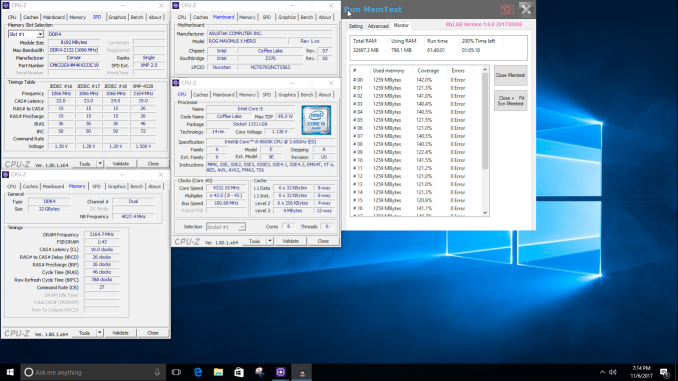
Related Reading:
- Corsair Announces 16GB DDR4-4600 Vengeance LPX DRAM Kits
- G.Skill Launches Lineup of Trident Z Kits for Coffee Lake: DDR4 at 3733 - 4600 MT/s
- DRAM and Motherboard Makers Demonstrate Quad-Channel DDR4-4000+ Operation
More...
-
11-16-17, 02:18 PM #7540
Anandtech: Razer Announces BlackWidow Ultimate Keyboard: IP54 Dust & Splash Resistant
Razer this week introduced a new version of its popular mechanical BlackWidow keyboard that is splash- and dust-resistant. The BlackWidow Ultimate will be among a few IP54-certified mechanical keyboards on the market, and will offer similar gaming features as other keyboards from the same series sans without RGB backlighting. A good news is that it will also be cheaper than some of its RGB-enabled counterparts.
The Razer BlackWidow Ultimate keyboard uses Razer’s Green mechanical switches with a 50 g actuation force that are used on many other products from the company. The Green switches will be the only option for the keyboard, so it is not possible to customize tactile feedback or reduce travel distance, as in the case of the flaghship BlackWidow Chroma V2. Meanwhile, the main feature of the BlackWidow Ultimate is of course its IP54-rated resistance against dust and splashes of water. Under the classification, the keyboard is rated to be able to survive an accidental spill and limit the ingress of dust, but it's not so sealed that can be submerged or subjected to extreme dust conditions (e.g. a sandstorm).
From general features points of view, the BlackWidow Ultimate promises to offer the same look and feel as other BlackWidow keyboards available today: it has programmable keys (on-the-fly macro recording is supported), it supports 10 key roll-over anti-ghosting and features 1000 Hz polling via USB. The only contemporary feature that the BlackWidow Ultimate does not have is RGB backlighting — the new unit only has green backlighting that supports programmable lighting effects that can be customized using the Razer Synapse software.
Razer’s BlackWidow Ultimate is available directly from Razer for $109.99/€119.99 (depending on the region), which is lower than the price of the BlackWidow Chroma V2 with RGB backligting (around $150) and only slightly higher than the price of the BlackWidow X Ultimate keyboard without the IP54 rating (around $100). The company’s retail partners will start to sell the splash- and dust-resistant keyboard later this quarter.

Buy Razer BlackWidow Chroma V2 on Amazon.com
Related Reading:
- Razer Updates The BlackWidow Chroma Keyboard: New Ergonomics And Switch Choices
- Corsair Launches Splash-Resistant K68 Mechanical Keyboard
- The Razer DeathStalker Chroma Gaming Keyboard Review
- Razer Launches The BlackWidow Tournament Edition Chroma Keyboard
- The Origin PC BlackWidow Chroma Mechanical Keyboard Review
- Razer Reveals Basilisk Mouse: Made for First Person Shooters
- Razer Announces The Lancehead Gaming Mice
- Razer’s Blade Stealth 13.3” Laptop Updated With Quad-Core Intel Core i7-8550U CPU
- Razer Reveals New Blade Pro: GTX 1060 Graphics, Full HD, Lower Price Point
More...
Thread Information
Users Browsing this Thread
There are currently 21 users browsing this thread. (0 members and 21 guests)






 Quote
Quote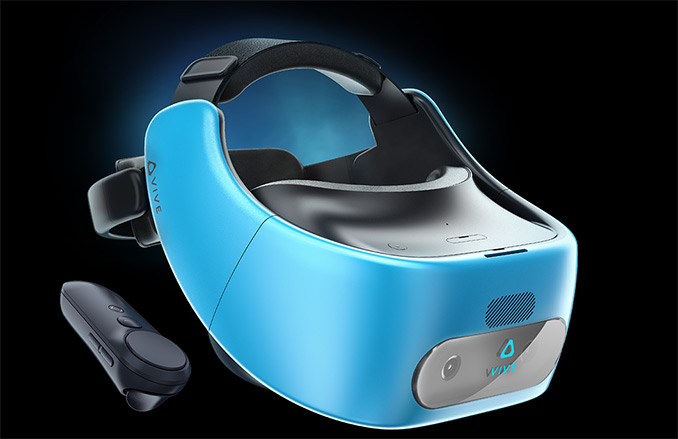

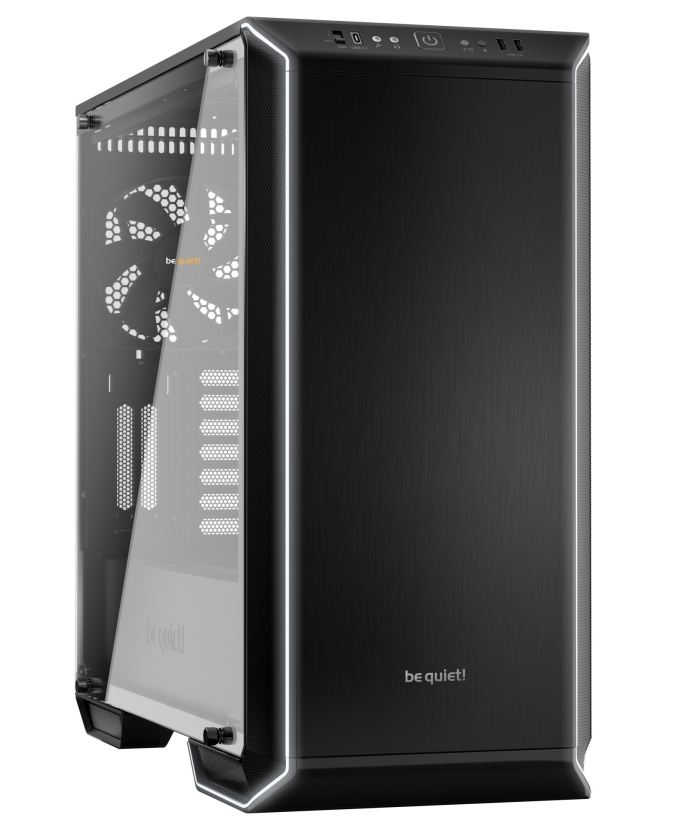
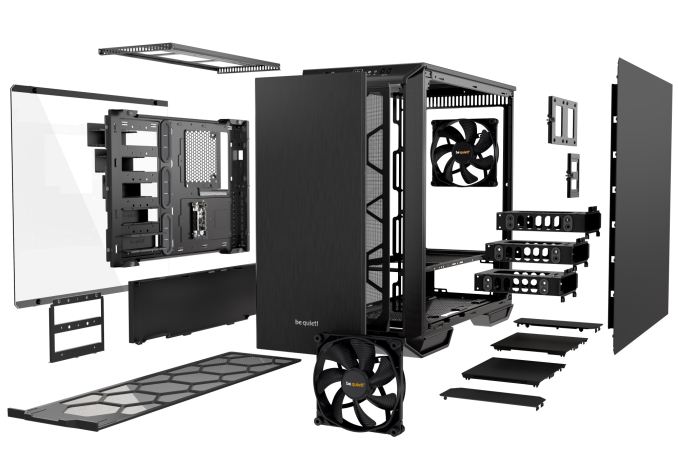

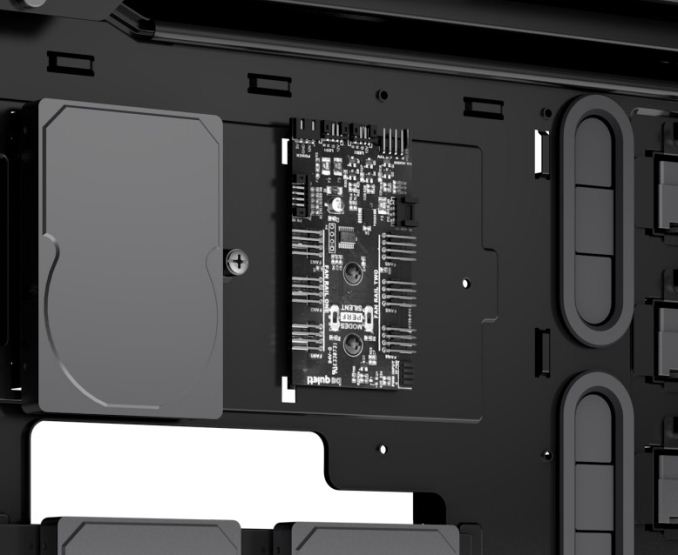
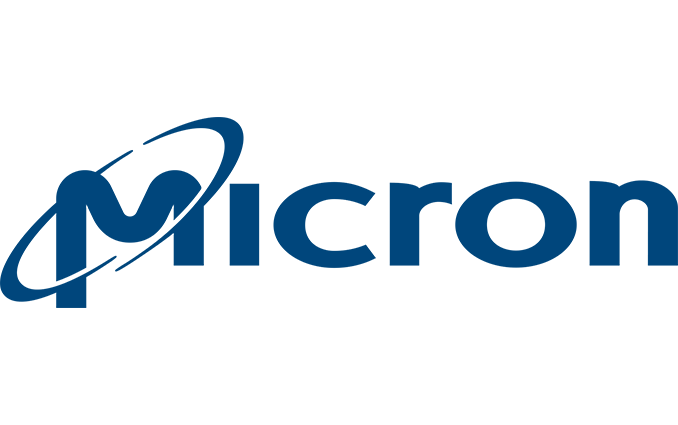
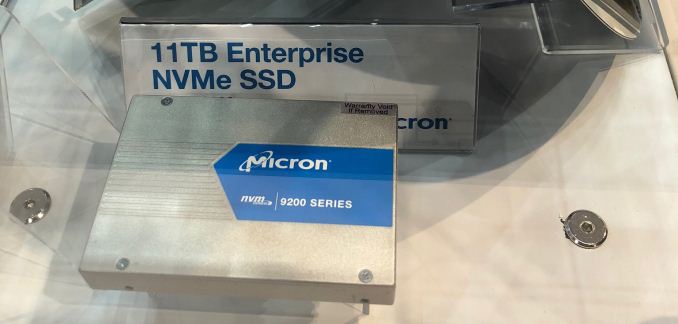
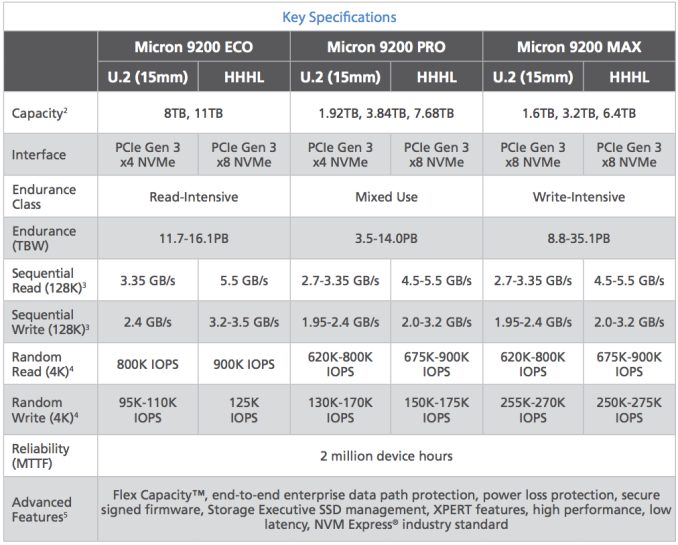
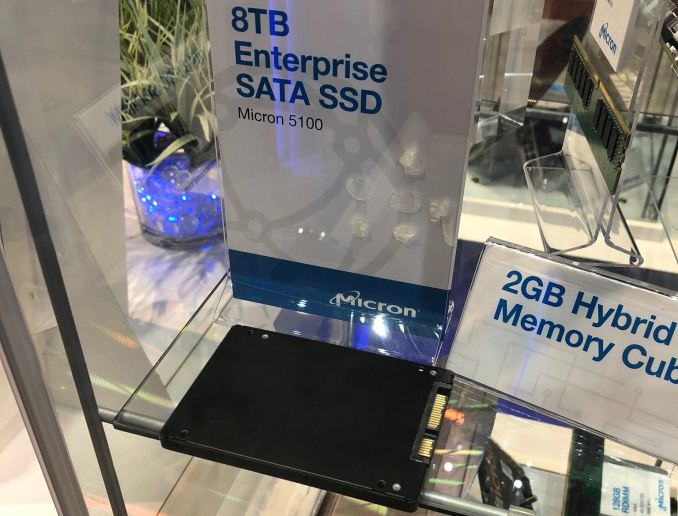
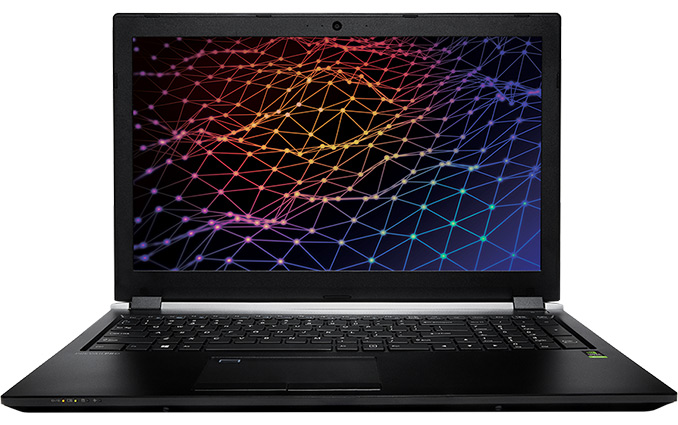
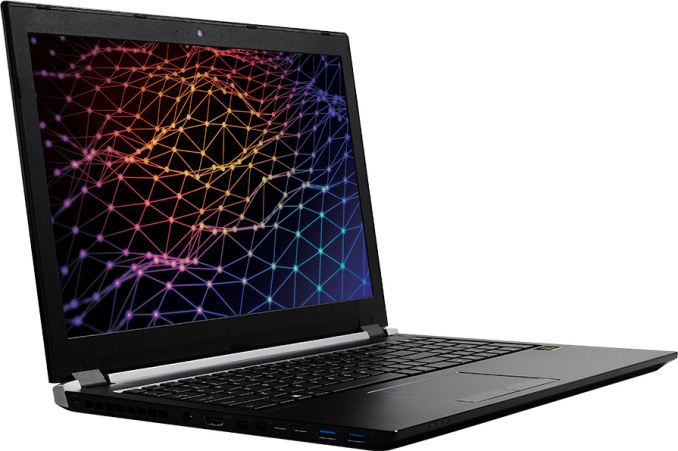
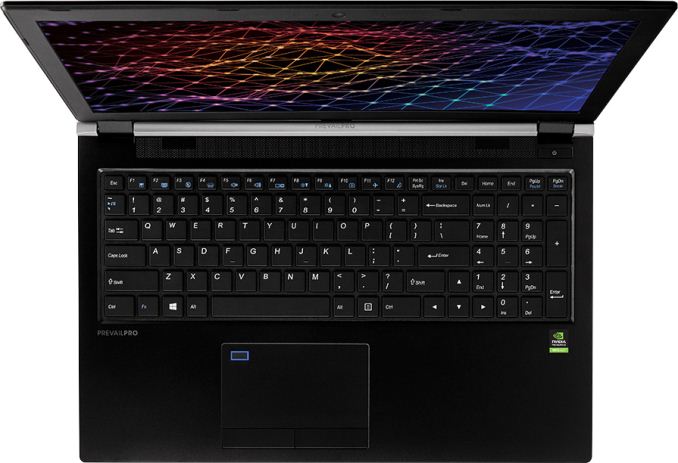
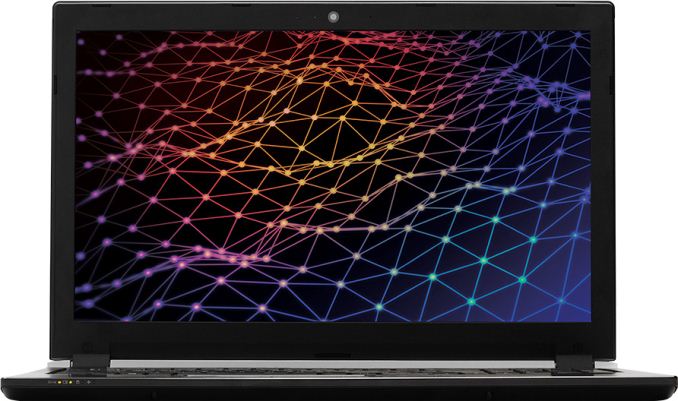
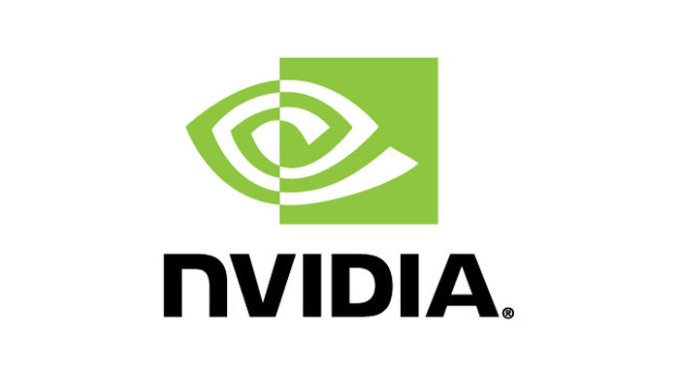

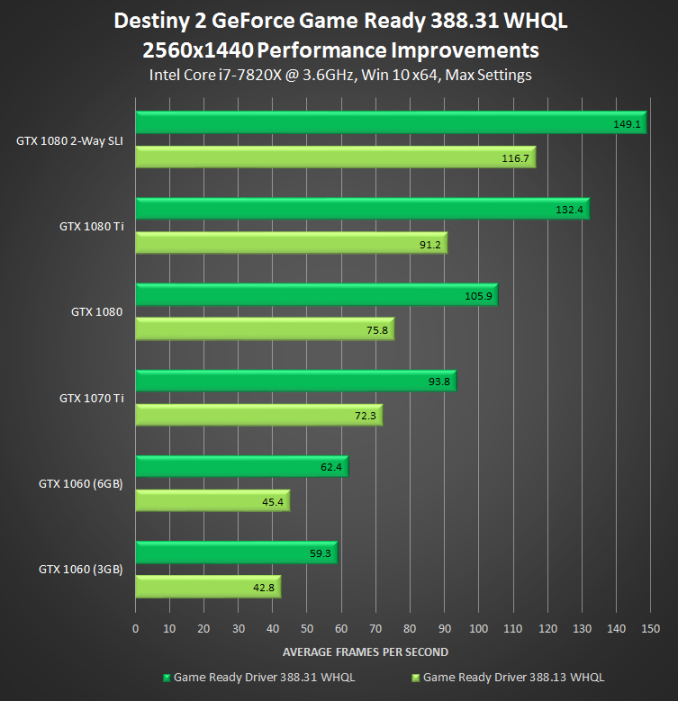
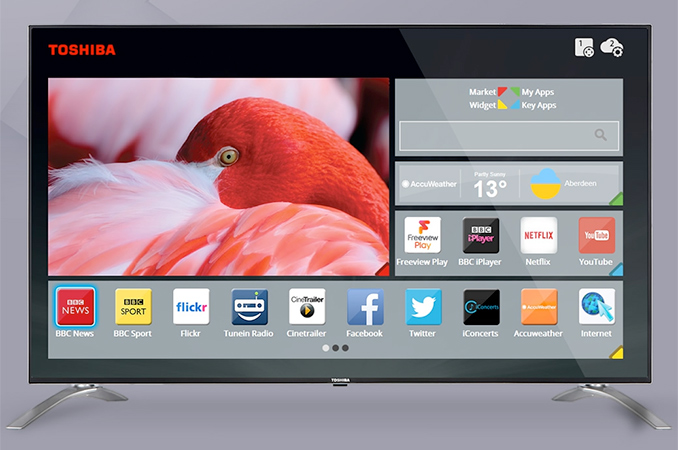
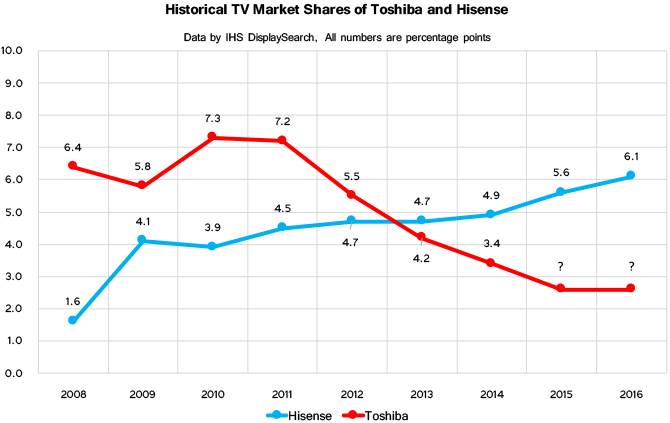
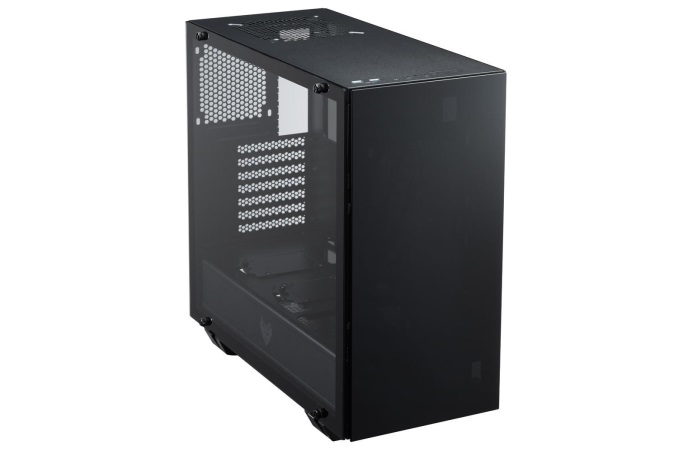
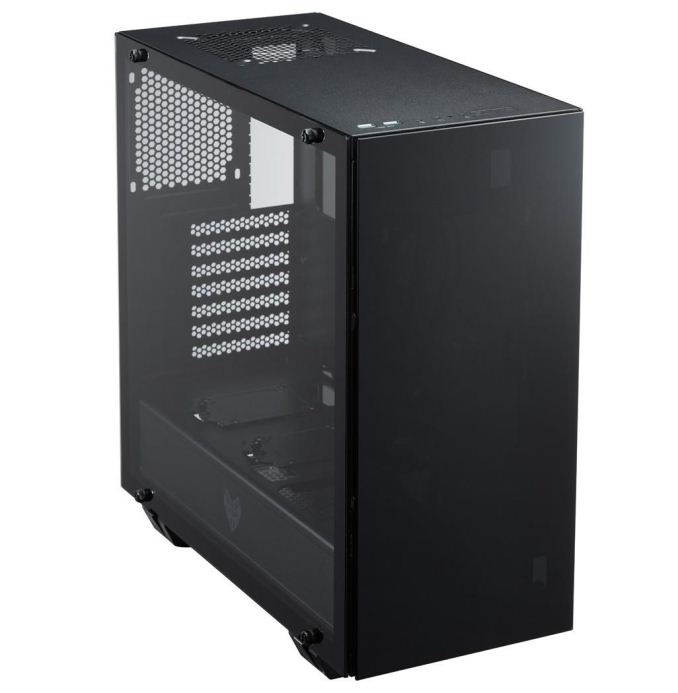

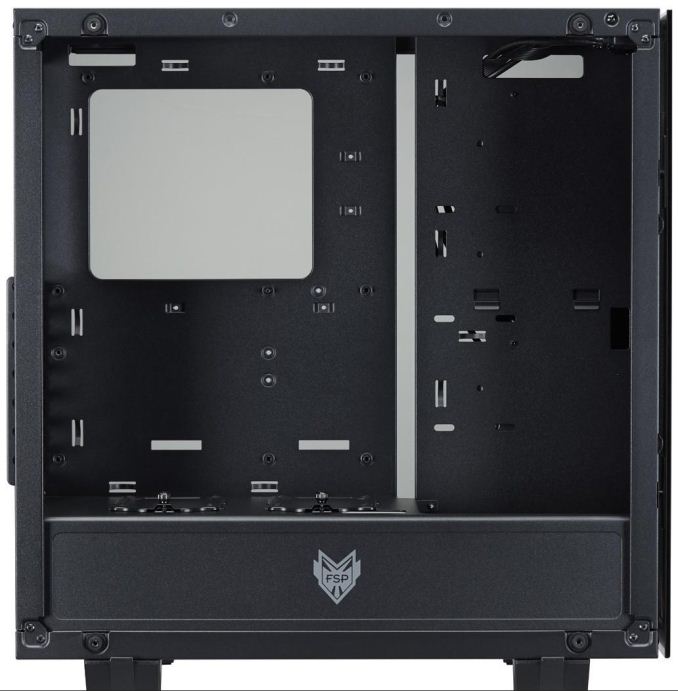
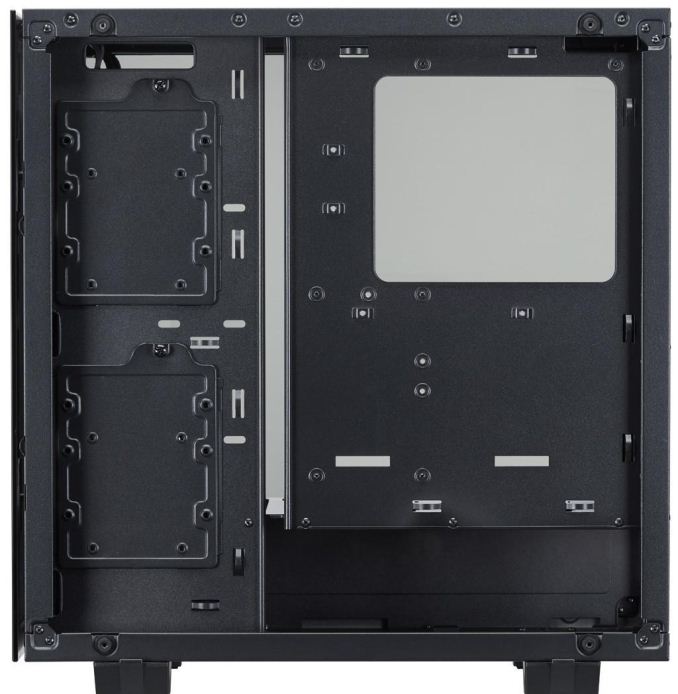
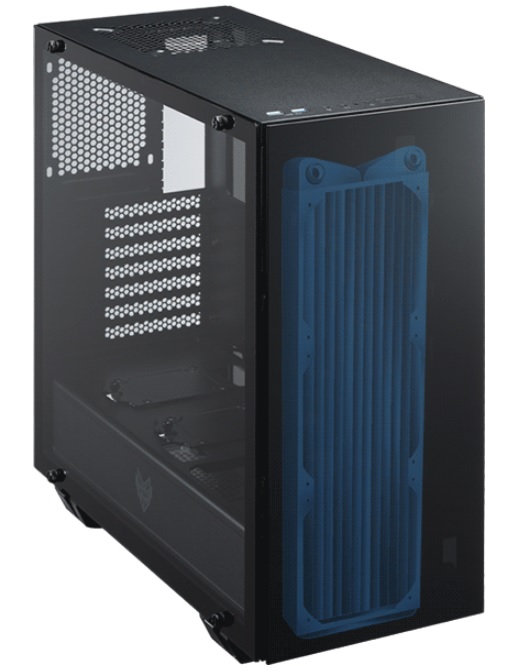
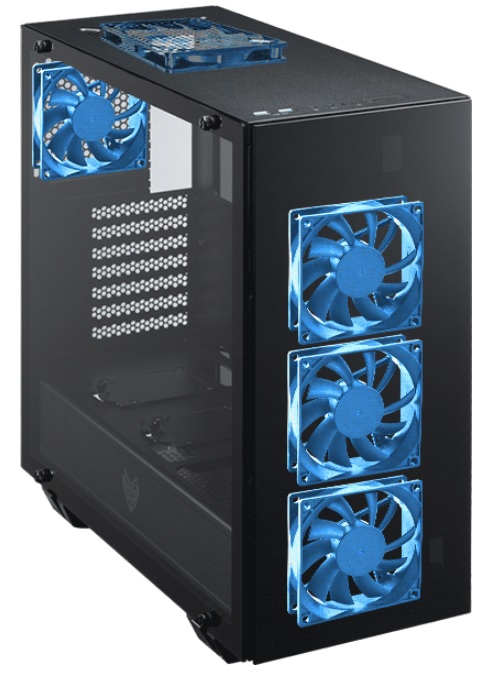

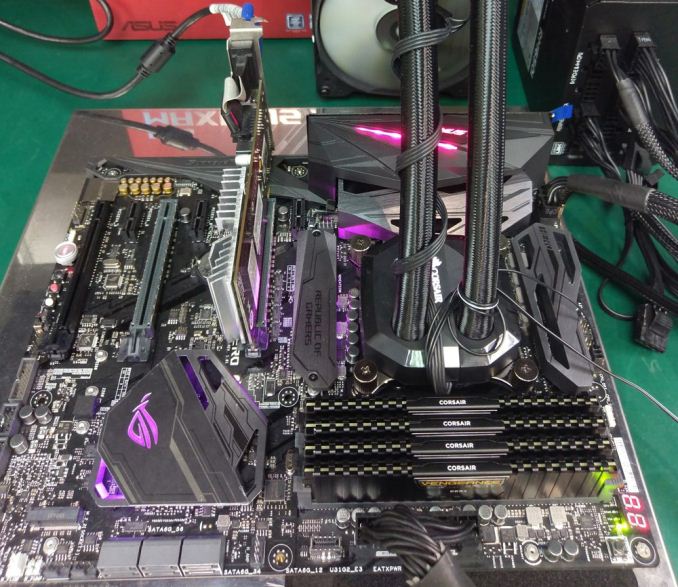
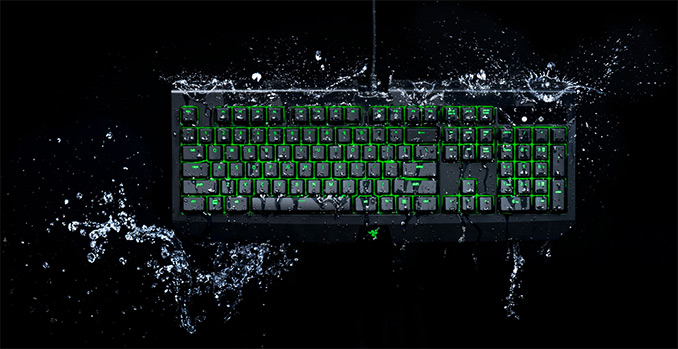
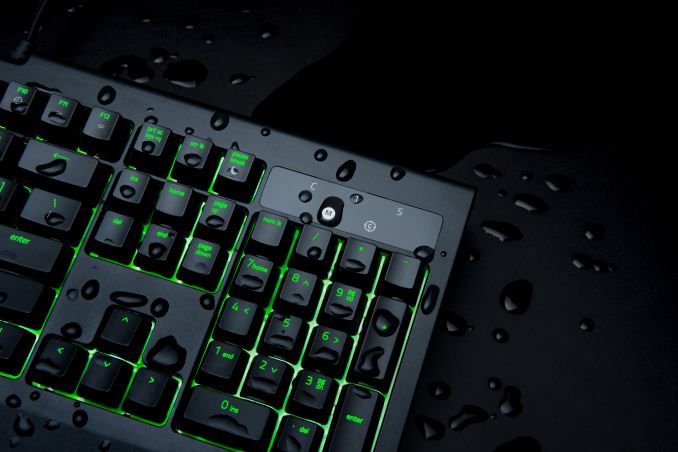
_studio_image_(1)_thumb.jpg)
_studio_image_(2)_thumb.jpg)
_studio_image_(3)_thumb.jpg)
_studio_image_(4)_thumb.jpg)
_studio_image_(5)_thumb.jpg)
_studio_image_(7)_thumb.jpg)
















Bookmarks